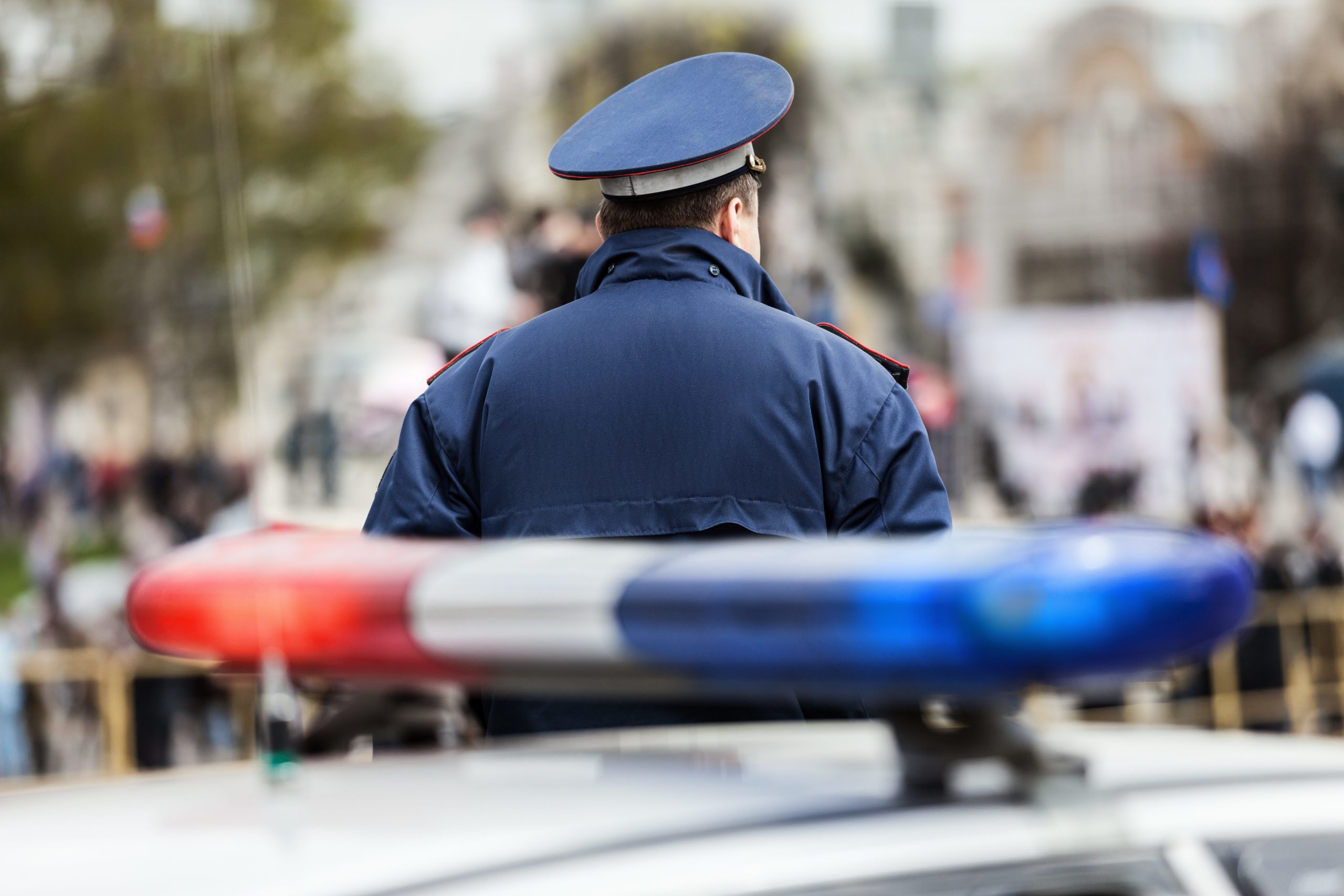First responder Michael recalls routine traffic stop that turned traumatic

A first responder shares his first-hand reason for why donating blood often and regularly is key to a prepared blood supply.
It was 2009 and Police Officer Michael Johnson was working ‘deep nights’. He pulled over a motorist to inform the driver one of the vehicle’s head lamps was out.
Officer Johnson was standing beside the driver’s door on the side of the road when an unforeseen tragedy happened. A pick-up truck traveling the same direction on the inside lane pulled to the right, crossed over the outside line and onto the shoulder, striking Johnson.
“I landed in the highway with my patrol boots still standing at the point of impact with my duty belt ripped from me, shirt and pants torn,” Johnson said. “I learned later, the pick-up was traveling 65 MPH on impact.”
Upon arrival at the hospital emergency room, doctors told Johnson he most likely survived the initial impact because of the ballistic vest he was wearing. However, his sustained injuries were life-threatening. “One of my kidneys was failing and I had lost three pints of blood,” said Johnson. “They scheduled emergency surgery. Seven surgeries and one year later I was able to return to duty. I personally know how important it is that we have blood on hand to help those that are injured and ill.”
How much blood is enough
Patients involved in serious traffic accidents, like Johnson’s, can require transfusions of 50 pints or more of red blood cells. The blood already on hospital shelves is what saves the lives of trauma patients when time is precious; because it is there before the accident occurs.
Blood transfusion is one of the most frequently performed procedures in hospitals. Maintaining enough blood for unplanned surgeries from accidents – as well as already scheduled procedures – requires community support. Six hundred to 800 patients every day require blood transfusions and most of them receive more than one pint of blood. That’s why Carter BloodCare relies on help from at least 1,000 volunteer blood donors daily. The pandemic has created the most prolonged blood shortage in 30 years; meaning, it might take as many as 1,200 donors a day through the end of 2021 to restore the blood supply so there’s enough for community preparedness. When blood is donated often and regularly the supply remains available for patients.
Preparing for the unexpected
Today, Michael Johnson is retired from police work and in the business of ensuring East Texans are taken care of should they face a traumatic event of any kind. He is employed as the Health Care Coalition Coordinator for the Piney Woods Regional Advisory Council – Trauma Service Area G (RAC-G) in Tyler.
According to the Texas Department for Health and Human Services, the state’s 22 RACs are tasked with developing, implementing, and monitoring a regional emergency medical service trauma system plan. Every council’s objective is to reduce the incidence of trauma in their part of the state and ultimately improve the outcomes for trauma patients.
Recently, the staff at Johnson’s RAC-G along with those in RAC-F, initiated a blood drive challenge with Carter BloodCare in East Texas to all law enforcement, EMS, firefighters, other first responders, and health care providers. They wanted to build up the supply lost during the pandemic and a further setback experienced when blood collections came to a halt for almost a week during subfreezing temperatures.
It has been said that blood donors are the ultimate first responders because they respond by donating blood before the need arises. The blood already on the shelf is the blood administered by doctors when required for a patient. The community truly needs more of these first responders. The blood supply is given by the community and for the community. We encourage you to donate often because patients depend on you.

